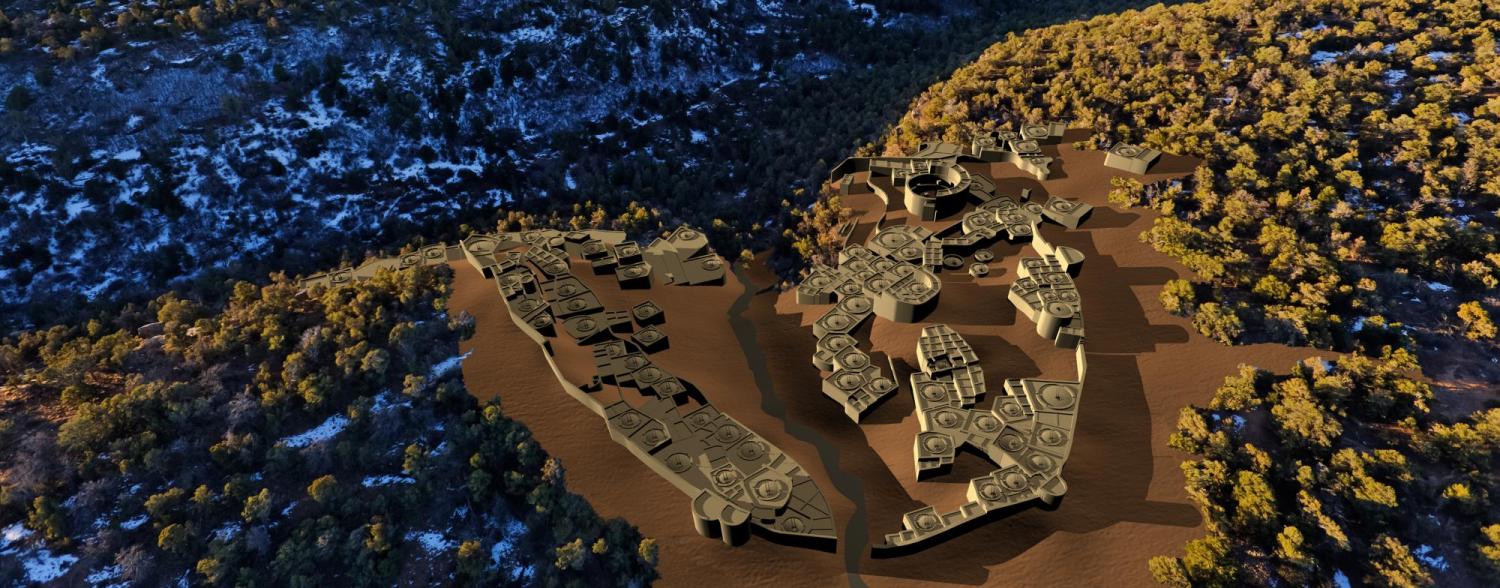Settlement Scaling in Middle Range Societies

One of the key challenges involved in making archaeology relevant for contemporary issues is a theoretical approach that can accommodate the vast differences in scale between the small-scale societies that created much of the archaeological record and the modern nations that most people live in today. In a recent paper published in American Antiquity, the flagship journal for North American archaeology, Scott Ortman and Grant Coffey (Crow Canyon Archaeological Center) suggest the first steps in building such a theory. They show that specific quantitative relationships between population, built environments, and socioeconomic rates in contemporary cities also characterized small-scale agricultural villages in Native North America. They also suggest settlement scaling theory accounts for these common patterns, and thus provides one of the necessary building blocks for a scale-free approach to the study of human societies. The paper will appear in the October 2017 issue but is available online for those who subscribe to the journal.

